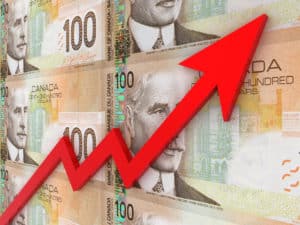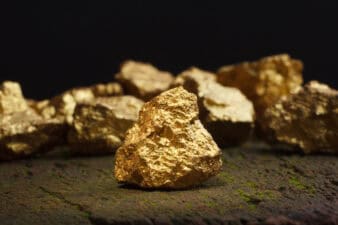Potash Corporation of Saskatchewan Inc. (TSX:POT)(NYSE:POT) recently hit a new multi-year low, and investors are wondering when the stock will recover.
Let’s take a look at the current situation to see if the sell-off in Potash Corp. presents an opportunity.
Fertilizer woes
The global fertilizer market is on a downswing, and Potash Corp. is feeling the effects.
What’s going on?
Potash prices are off about 25% in the past 12 months and now trade near eight-year lows. A number of factors are hitting the market, and some are not expected to reverse course anytime soon.
The first big hit came in 2013 when Russia and Belarus decided to end their cozy marketing agreement. The breakup has resulted in the two companies battling each other for market share instead of cooperating to manage supply. That has put heavy pressure on global prices, and Potash Corp. is feeling the pain.
When the split was announced, potash prices quickly dropped from US$400 per tonne to just above US$300. Today, the spot price is about US$230 per tonne.
Rumours have periodically emerged that the two companies might kiss and make up, but there is little evidence to suggest a new partnership is imminent.
Crop prices and volatile currencies
The extended slide in potash prices over the past year can be attributed to demand factors.
Weak crop prices have kept U.S. buyers on the sidelines, and the huge rally in the American dollar against many emerging-market currencies has actually made potash more expensive for some buyers. For example, the Brazilian real has lost 55% of its buying power against the U.S. dollar in the past five years.
The plunge in the Canadian dollar has helped Potash Corp. to a certain extent, but its competitors are enjoying similar benefits.
Dividend watch
Potash Corp. reported ugly Q4 2015 earnings compared with the same period the previous year and slashed its quarterly dividend by 34% to US$0.25 per share. The company has provided 2016 earnings guidance of US$0.90-1.20 per share, so the payout ratio is sitting around the 100% mark.
For the moment, the dividend looks safe, but investors should probably consider it as a bonus when deciding whether or not to buy the stock.
Shutdowns
In response to the difficult conditions, Potash Corp. has closed facilities in New Brunswick, and two of the production sites in Saskatchewan have reduced output for a period of four weeks. The effect will be a 400,000 tonne reduction in 2016 output.
Should you buy?
There is no shortage of near-term pain, but dark days often present great buying opportunities.
Global potash sales are expected to increase in the coming decades as farmers struggle to keep up with rising demand for food. Potash Corp. is a low-cost producer, and the company is near the end of a multi-year capital program, so it is positioned well to benefit when the market finally recovers.
The Q1 2016 results might be messy, so investors should probably wait until the numbers come out before buying, but contrarian types with a long-term outlook might want to consider taking a small position on further weakness.








